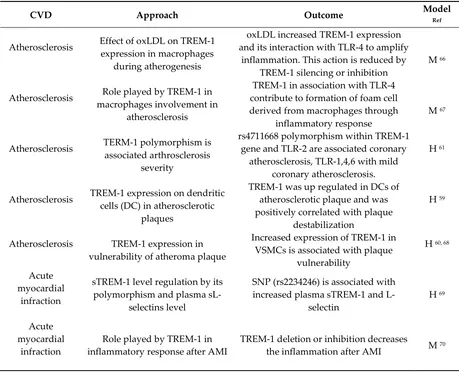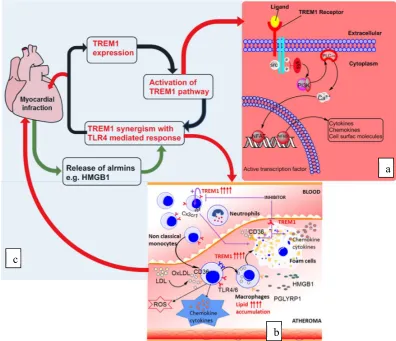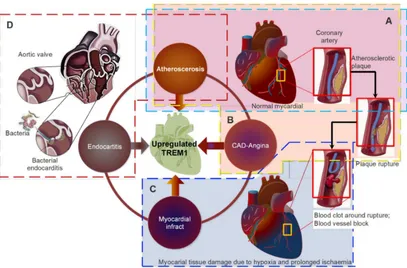TREM-1; is It a Pivotal Target for Cardiovascular Diseases?
Full text
Figure



Related documents
The aim of this study was to establish whether abnormal signal intensity in the pos- terior limb of the internal capsule (PLIC) on magnetic resonance imaging is an accurate predictor
In the field of social work, the change process, social and economic justice issues,.. policies and politics, and worldview are explored in relationship to ecology and
In enlightened quarters a healthier balance is being struck between a disease of an organ as causing the individual to be ill, and the ill- ness of the
Brand or name , word , symbol , model or combination of them that are used for recognizing the products and the sellers services and for distinguishing them from rivals , on the
PARPi- and cisplatin-resistant clones did not harbor secondary reversion mutations; rather, PARPi and platinum resistance required increased expression of a really interesting
exposure promotes sensitization. Recently, filaggrin mutations have been shown to increase the risk of food sen- sitization in the first year of life, but not food
Since Akt is important for cell migration in many cell types, we examined the migration of MLECs and MLFs in a modified Boyden chamber assay.
biological benefits of caloric restriction. Fat tissue and long life. Masoro EJ, McCarter RJ, Katz MS, McMahan CA. Dietary restriction alters characteristics of glucose